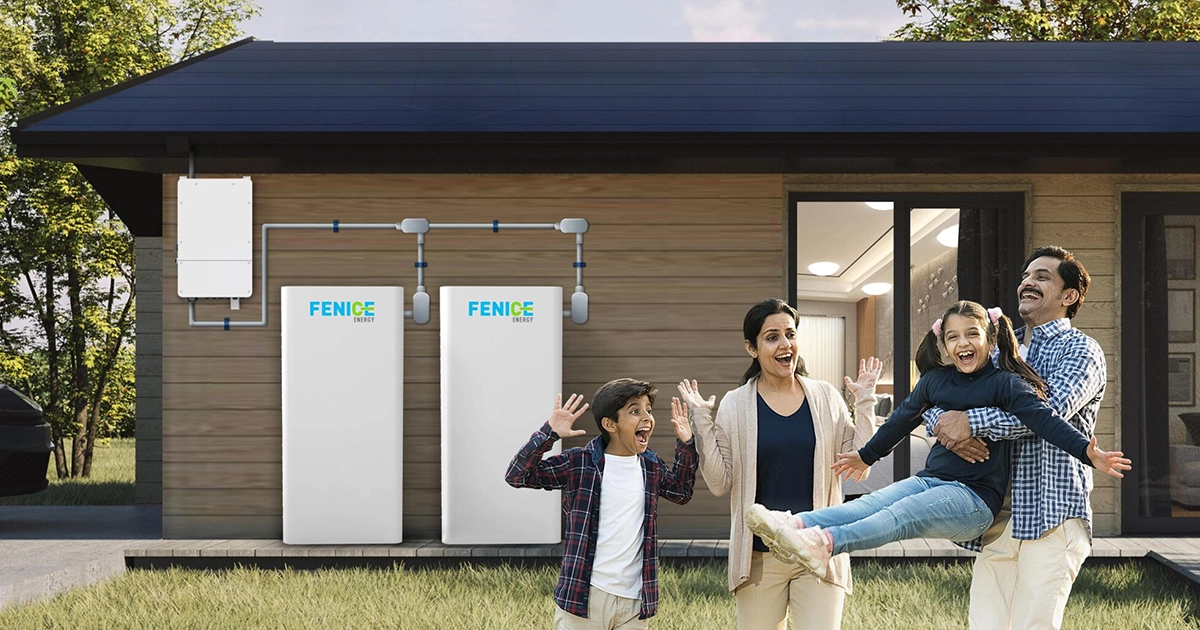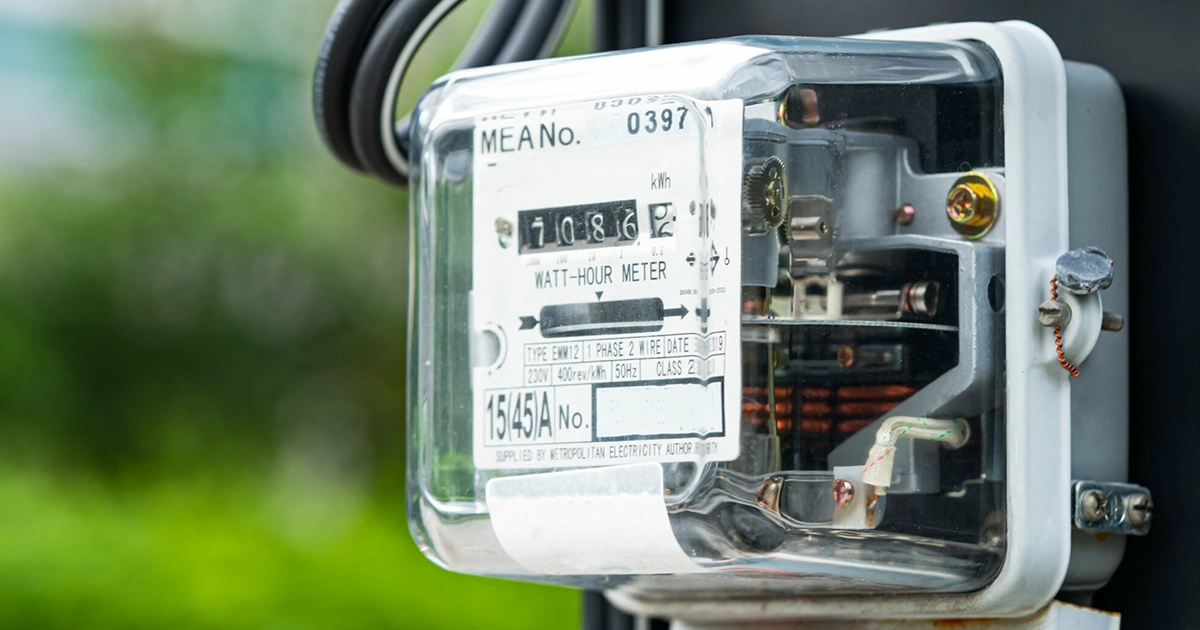You’ve probably heard about solar power and its incredible potential to revolutionize energy consumption. But have you ever considered taking it a step further with a hybrid solar energy system? Unlike traditional solar setups, which solely rely on photovoltaic panels to harness sunlight and convert it into electricity, hybrid systems integrate additional elements to enhance efficiency and reliability.
Picture this: while conventional solar systems operate solely during daylight hours, hybrid modular solar homes introduce battery storage solutions. This means that when the sun sets, or during cloudy periods when solar generation dips, stored energy can be tapped into, ensuring a continuous power supply. In essence, a hybrid solar system offers the best of both worlds, combining the clean, renewable energy of solar with the flexibility and security of backup storage.
So, if you’re looking to maximize energy independence and minimize reliance on the grid, a hybrid solar system might just be the ideal solution for you.
So, What are Hybrid Solar Systems?
When it comes to powering your home or business with solar energy, you have options beyond the traditional setup. Enter the solar panel hybrid system, a smart integration of solar panels with additional components like batteries and sometimes even a backup generator. So, what exactly is a hybrid solar system and how does it work?
Imagine a typical day: the sun shines, and your solar panels soak up its rays, converting sunlight into electricity to power your appliances and lights. But what happens when the sun sets or during cloudy weather? This is where the hybrid system shines.
But wait, there’s more. Some hybrid systems also include a backup generator as an extra layer of security. In the event of an extended period of low sunlight or a power outage, the generator kicks in to keep your lights on and your devices running.
A hybrid solar system for home offers the reliability of grid-tied solar with the added flexibility and security of battery storage and backup generation. It’s a versatile solution that maximizes the self-consumption of solar energy, reduces reliance on the grid, and provides peace of mind during outages.
Here are the components of hybrid solar system–
- Solar Panels: These photovoltaic (PV) panels are installed on rooftops or ground-mounted structures to capture sunlight and convert it into electricity. The number of panels depends on the energy requirements of the system.
- Charge Controller: A hybrid solar setup has a charge controller that regulates the flow of electricity from the solar panels to the batteries, preventing overcharging or deep discharging, thus extending battery life.
- Battery Bank: Batteries store excess energy generated by solar panels for later use. Common types include lead-acid, lithium-ion, or saltwater batteries, chosen based on the cost, lifespan, and maintenance requirements.
- Hybrid Inverter: Also known as a bidirectional or multi-mode inverter, this device manages the flow of electricity between the solar panels, batteries, and the electrical grid. It converts DC power from the panels into AC power for household use, charges the batteries when excess energy is available, and can also draw power from the batteries or the grid when needed.
- Backup Generator (optional): In some hybrid systems, a backup generator is included to provide additional power during extended periods of low sunlight or when battery storage is depleted. This ensures uninterrupted electricity supply, especially in areas with unreliable grid connections.
- Monitoring System: Hybrid solar system components include a monitoring system that tracks energy production, consumption, battery status, and overall system performance in real-time. It helps users optimize energy usage, identify potential issues, and maximize the efficiency of their hybrid solar system.
By integrating these components, a hybrid solar system offers greater flexibility, reliability, and energy independence compared to traditional grid-tied or off-grid systems. Thus, making it an ideal choice for homeowners and businesses seeking to harness renewable energy while maintaining access to grid power when needed.
A Difficult Choice Lies Ahead: Comparing Hybrid Solar Systems with its Counterparts
Choosing between a normal solar system and a hybrid solar system boils down to your specific needs, preferences, and circumstances. Let’s delve into the essence of each to help you make an informed decision.
First, let’s talk about the normal solar system. This setup consists of solar panels connected to an inverter, which converts sunlight into usable electricity for immediate consumption. Normal solar systems are great for harnessing renewable energy and can significantly reduce your electricity bills by reducing your reliance on grid-supplied power. They’re particularly advantageous if you have consistent sunlight throughout the day and don’t experience frequent power outages. Additionally, depending on your location and energy usage, you may be eligible for government incentives or rebates for installing solar panels, further enhancing the financial appeal of a normal solar system.
On the other hand, hybrid solar energy units offer additional features that can be beneficial in certain scenarios. By incorporating battery storage, hybrid systems allow you to store excess solar energy. This maximizes your use of solar energy, making hybrid systems ideal for areas with unreliable grid power or frequent blackouts. Moreover, hybrid systems offer the flexibility to scale up your energy storage capacity over time, accommodating future changes in your energy needs.
So, which one should you choose? Consider factors such as your location, energy consumption patterns, budget, and reliability of grid power. If you live in an area with ample sunlight and reliable grid power, a normal solar system may suffice to meet your energy goals. However, if you prioritize energy independence, backup power during outages, and maximizing utility, a hybrid solar system may be a better option for you.
Ultimately, the choice between a normal solar system and a hybrid solar system depends on finding the right balance between cost, reliability, and sustainability for your specific circumstances. Weighing the benefits of hybrid solar system and considerations of each can help you make a decision that aligns with your energy needs and priorities.
Conclusion
A hybrid solar setup represents a sophisticated approach to renewable energy utilization, combining the clean power of solar panels with the flexibility of battery storage. Through this integration, we can harness solar energy more effectively. Whether you prioritize energy independence, environmental sustainability, or simply want to lower your electricity bills, a hybrid solar system offers a versatile solution tailored to your needs. So, which one would you prefer to install? Let us know by getting in touch with us.





